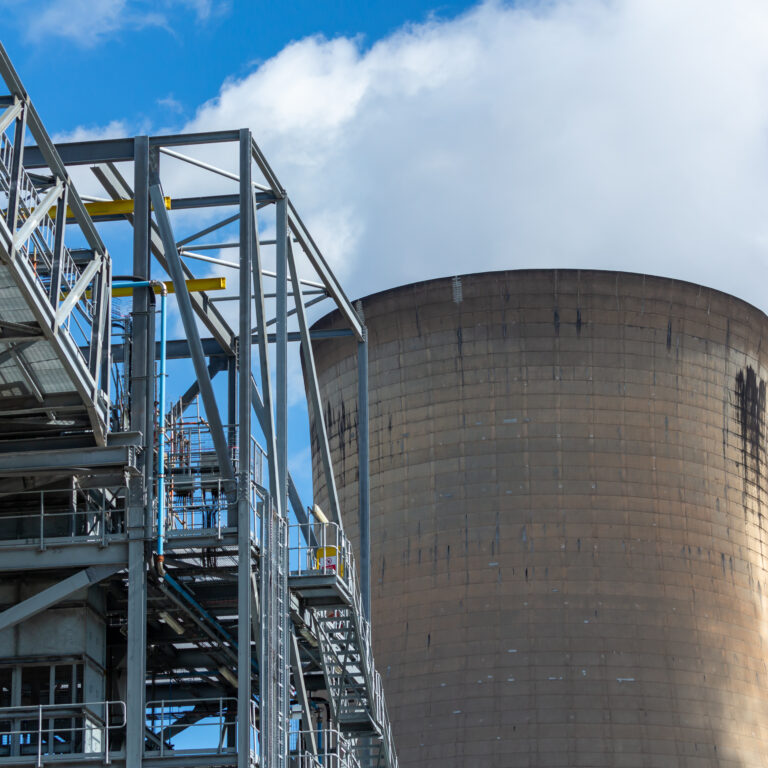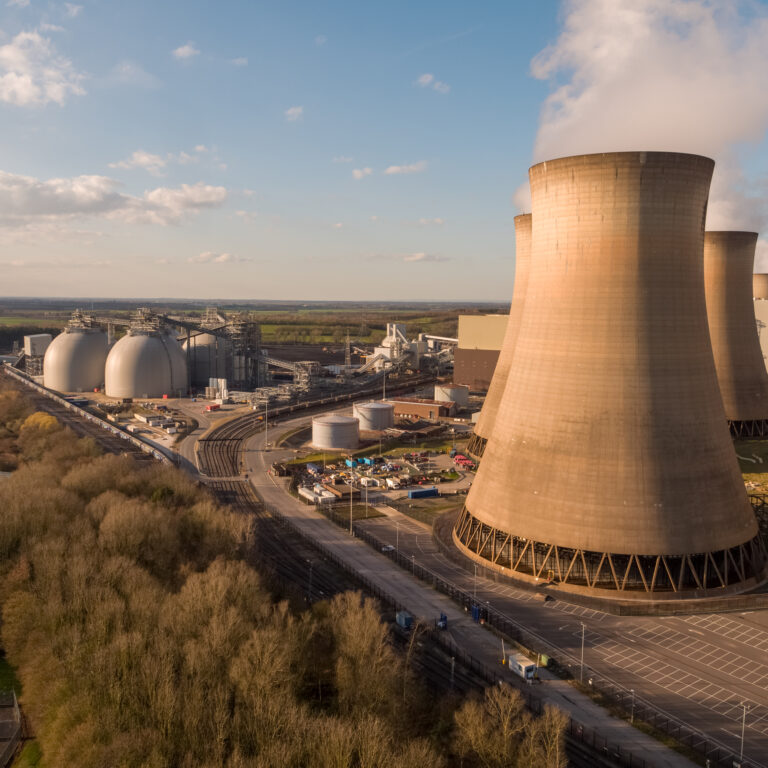The nation breathed a collective sigh of relief after England’s victory in the tense penalty shootout against Colombia last night, and what better way to celebrate than with a cup of tea?
At half time, an additional 1,200MW of electricity was required from National Grid to cope with the number of kettles boiling, lights being switched on, toilets being flushed and pints being pulled.
The surge in demand was even greater than National Grid expected and equated to almost half a million kettles being boiled.
Demand surged to over 34,400MW during the game last night – 150MW more than National Grid had anticipated. However, the spike in demand was successfully plugged – largely by gas generation.
One of the biggest surges in sporting history still goes to the World Cup Semi Final in 1990 – England v West Germany. The electricity demand was 2,800MW – equivalent to 1,120,000 kettles being boiled.
After that fateful penalty miss the population made for the kitchen. The match was watched by an estimated 26 million people in the UK. When full time was called they caused a 2,800MW surge in electricity demand.
The World Cup Quarter Final of 2002 – England v Brazil – also saw an enormous spike. Broadcast early on a Wednesday morning in the UK due to time differences with South Korea, where the game was played, the match saw England put up a solid fight against overall tournament winners Brazil.
A goal from Michael Owen provided early hope and at half time TV viewers left their screens to cause a huge 2,570MW spike in demand. By the time the game had reached its conclusion, Brazil had won thanks to a chipped Ronaldinho free kick that fooled England keeper David Seaman and those viewers who had lasted the duration caused a slightly smaller 2,300MW surge.
ENDS
Media contact
Ali Lewis
Drax Group Head of News
E: [email protected]
T: 07712670888
Jessica Gorton
Drax Group Press Officer
E: [email protected]
T: 0203 9434305
Editor’s Notes
About Drax
Drax Group plc plays a vital role in helping change the way energy is generated, supplied and used. Its 2,300-strong staff operate across three principal areas of activity – electricity generation, electricity sales to business customers and compressed wood pellet production.
The Group includes:
Drax Power Ltd, which operates the largest power station in the UK, based at Selby, North Yorkshire and supplies 7 percent of the country’s electricity needs. The energy firm converted from burning coal to become a predominantly biomass-fuelled electricity generator. Drax is the biggest single site renewable generator in the UK and the largest decarbonisation project in Europe.
Haven Power, based in Ipswich, supplies electricity to large Industrial and Commercial sector businesses.
Opus Energy, based in Oxford, Northampton and Cardiff, provides electricity and gas to small and medium sized (SME) businesses.
Drax Biomass, is based in the US and manufactures compressed wood pellets produced from sustainably managed working forests, supplying fuel used by Drax Power Station in North Yorkshire to generate flexible, renewable power for the UK’s homes and businesses.
For more information visit www.drax.com/us
About Electric Insights
- Electric Insights is commissioned by Drax and is delivered independently by a team of academics from Imperial College London, facilitated by the College’s consultancy company – Imperial Consultants. The database analyses raw data that are made publicly available by National Grid and Elexon, which run the electricity and balancing market respectively. Released four times a year, it will focus on supply and demand, prices, emissions, the performance of the various generation technologies and the network that connects them.
- The quarterly reports are backed by an interactive website electricinsightsco.uk which provides live data from 2009 until the present.








